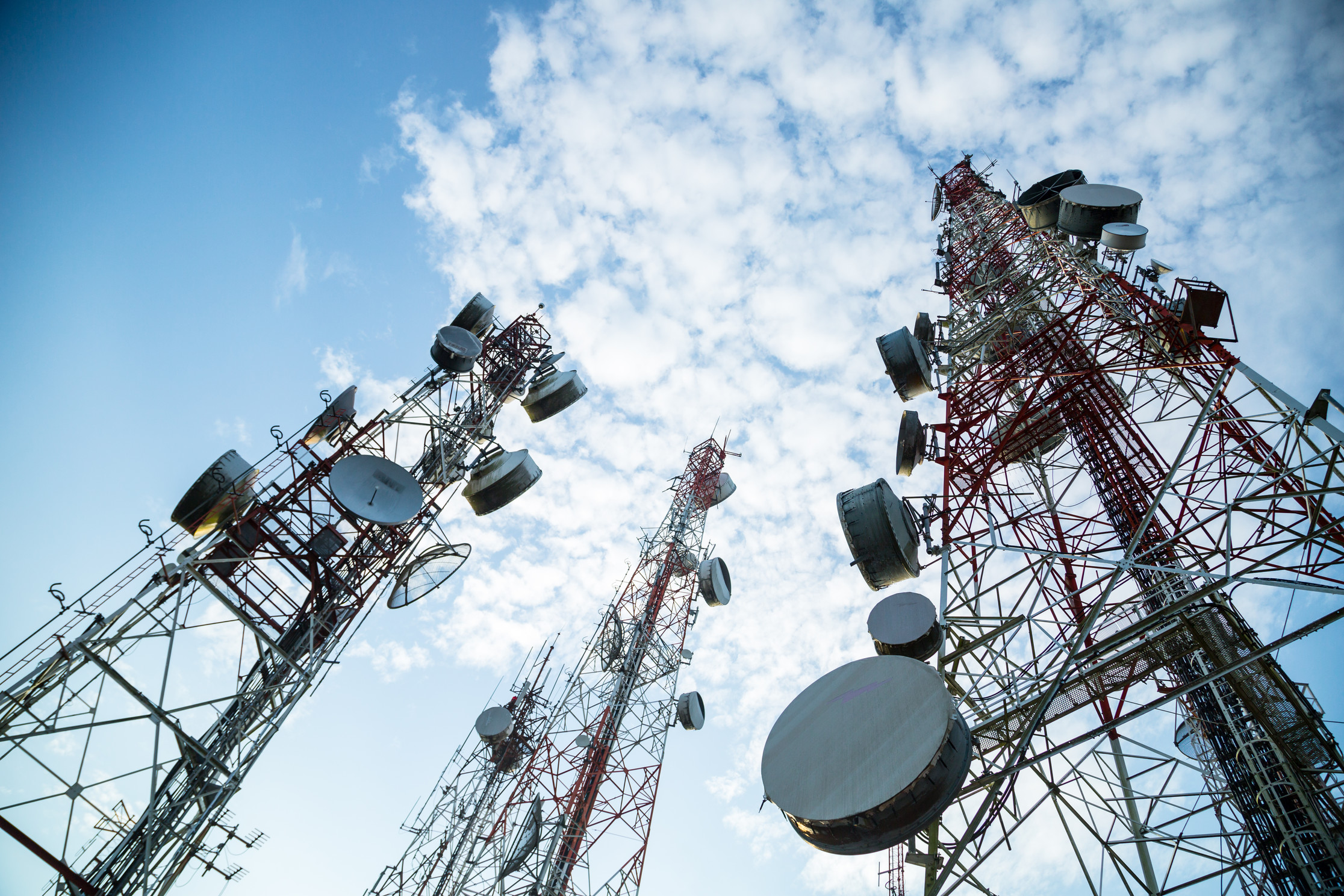
Peter Thompson
CEO at the National Physical Laboratory
In just a few short years, there may well be more than 20 billion connected devices in use across the world. From the future of smart cities to the Internet of Things, the world will hinge on the ability of the telecoms industry to adapt to increasingly data-hungry devices and infrastructure. Yet the industry is facing a number of major challenges to develop the mobile and convergent communication systems needed to underpin a more connected future.
For example, smart cities intertwined by a constant flow of real-time electronic data between devices, from traffic lights to smart meters, will require precise synchronisation between disparate networks, to provide a constant connection. The need for more stringent timing requirements will further increase with the rollout of super-fast 5G, and more efficient and responsive communication networks.
Precise timing is also becoming a crucial factor in electronic trading, as high-frequency trading intensifies. New financial regulations such as MiFID II include a requirement for financial trades to be time-stamped to within 100 microseconds.
Satellite constellations, like GPS and Galileo, that provide timing for these applications, are vulnerable to interference, electronic jamming or spoofing. While the vulnerabilities of these networks have been reduced, they remain. With a recent study by London Economics estimating the economic impact to the UK of a five-day disruption to GNSS at £5.2 billion, a need for an additional level of security is evident.
Yet a quiet revolution in quantum technology is unlocking potential new solutions to these challenges, many of which are already having an impact. For example, pioneering financial institutions and exchanges are ending their overreliance on GPS as a time-keeper and also using precise time by fibre, piped directly from atomic clocks at NPL that maintain Universal Time (UTC), the international timescale.
The time is sent out via secure underground fibre-optic cables, providing the computers that time-stamp millions of international trades with a reliable, resilient and highly precise reference point. The same technology has been proven to support an atomic ‘distributed ledger’ capable of recording millions of transactions an hour, to reduce fraud, and support cryptocurrencies and financial transfers over the internet. Researchers are also working to miniaturise accurate atomic clocks to aid synchronisation and dramatically increase data transfer rates in communications networks.
Advances in quantum technologies are also providing a potential solution to the cyber security conundrum, as codebreakers get smarter and current encryption solutions become obsolete. Quantum Key Distribution – storing passcodes through the physical state of an atom – could also enable telecoms networks to provide hyper-secure communications across a network.
The Government has committed hundreds of millions over the last few years to develop quantum technologies in the UK. The telecoms industry now has a unique opportunity to outline its R&D priorities for decades ahead.
I am leading a new national activity to work with industry to identify how they can best use and take advantage of quantum technologies to make the UK a world leader in a global market.
If we are to seize the amazing opportunities that quantum technologies offer, it is imperative that we bring together Government, industry and our world-class research base, to ensure that we can commercialise the extraordinary research being done here for the benefit of our economy and society.
